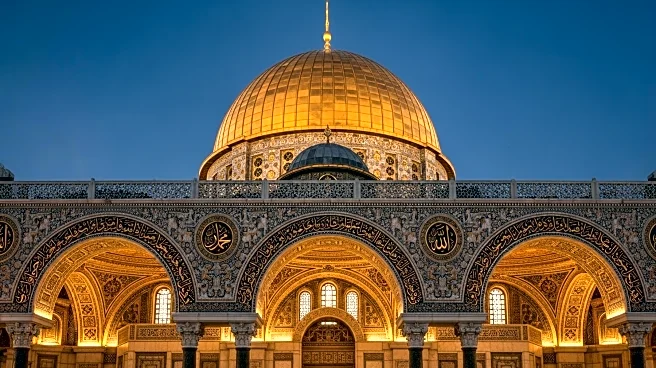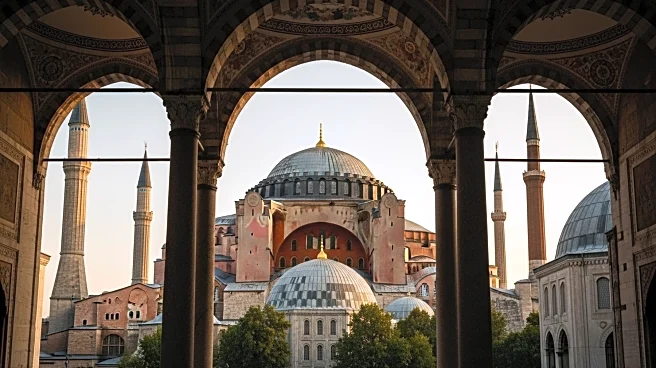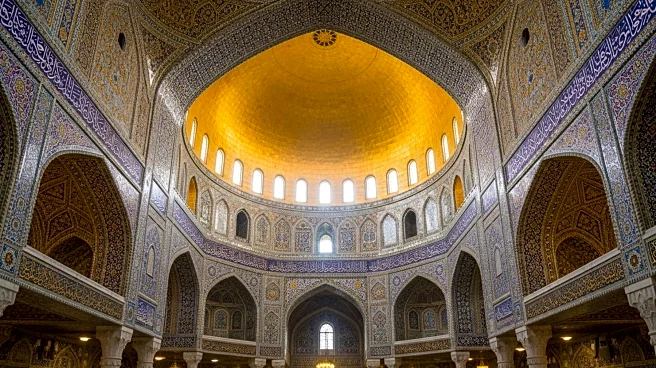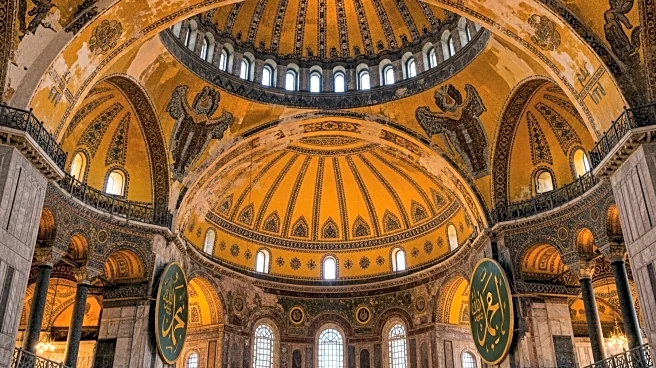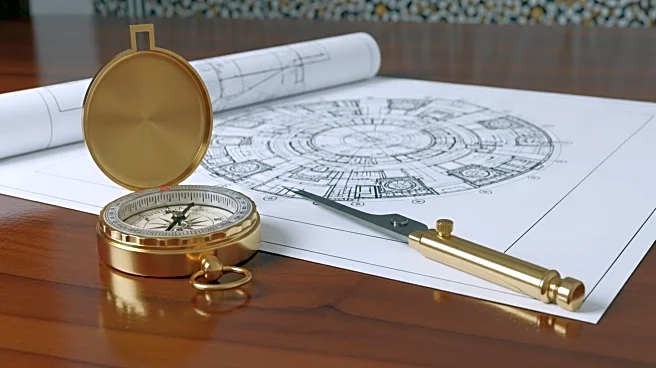What is the story about?
The creation of Hagia Sophia was a monumental achievement in Byzantine architecture, reflecting the vision and ingenuity of its designers. From its founding to its early reception, the building's history offers insights into the cultural and religious landscape of Istanbul.
Founding or Discovery
Hagia Sophia was founded as a cathedral in 537 AD under the orders of Byzantine Emperor Justinian I. It was the third church to be built on the site, following the destruction of its predecessors during the Nika riots.Key Contributors
The building was designed by Greek geometers Isidore of Miletus and Anthemius of Tralles, who employed innovative techniques to create its massive dome. Their work set a precedent for future architectural endeavors, showcasing the ingenuity of Byzantine engineering.Design or Method
Hagia Sophia's design features a fully pendentive dome, allowing it to span a vast interior space. This architectural innovation was groundbreaking at the time, contributing to the building's aesthetic grandeur and structural stability.Early Reception
Upon its completion, Hagia Sophia was inaugurated with much pomp and ceremony, establishing it as a central religious site in Constantinople. Its architectural beauty and scale were celebrated, marking it as a marvel of Byzantine engineering.AI Generated Content
Do you find this article useful?
